VC2M1ST01
acquire and record data for categorical variables in various ways including using digital tools, objects, images, drawings, lists, tally marks and symbols
- discussing methods of collecting data to answer a question such as ‘What types of rubbish are found in the playground?’, sharing ideas and trying out some of the suggested methods, reviewing the data collected and explaining how they might change the way they collect data next time
- collecting and recording information on a topic of interest using lists (for example, ‘How many people follow a particular football team’ or ‘What colour eyes each person has’), examining the data to generate some questions that it could answer, and then rearranging the data or collecting different data to answer the question
- creating a tally to record data while observing events such as the year level of students using the bike shed, deciding on the possible categories before the observations are taken, and then reviewing the data afterwards to notice whether the tally was effective
- using star charts with stickers or emojis to represent class data; for example, using emojis on a personal feeling chart to represent how they are feeling each day or using emojis to represent activities on the class calendar
- exploring ways of representing, sharing and communicating data through stories and symbols used by Aboriginal and Torres Strait Islander Peoples
- Plus Plan
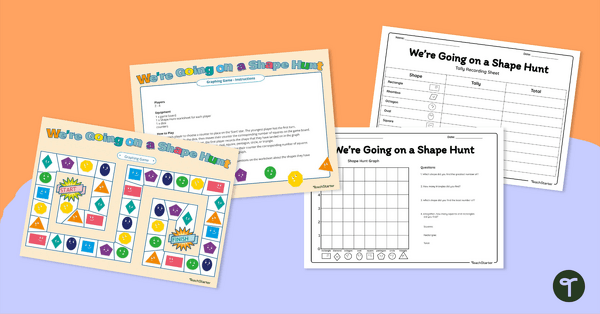
We're Going On a Shape Hunt! Graphing Game
Consolidate students' knowledge of 2D shapes while teaching about data collection, recording and graphing!
- Plus Plan
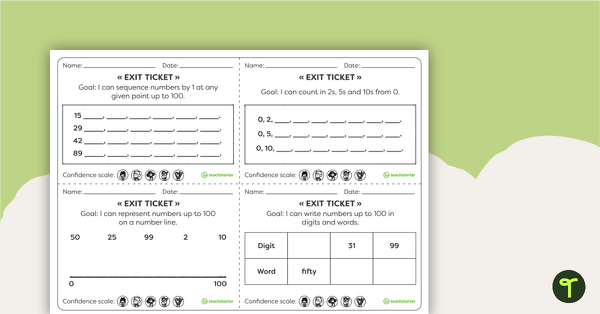
Year 1 Numeracy Exit Tickets – Worksheets
18 Numeracy Exit Ticket activities for students to provide evidence of their learning progress.
- Plus Plan

Autumn Maths Worksheet - Count and Graph Activity
Use an Autumn Maths Worksheet to practise counting and graphing.
- Plus Plan
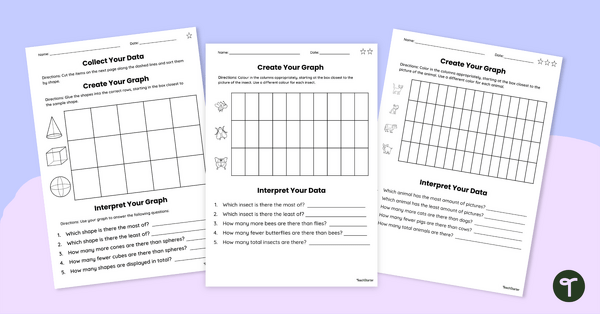
Data Collection Worksheet Set
Use this set of differentiated graphs worksheets to assess your students’ understanding of how data is collected, organised and presented.
- Plus Plan

Data Collection Investigation Project
Assign this data collection project to enable students to master the skills of acquiring and recording data.
- Plus Plan
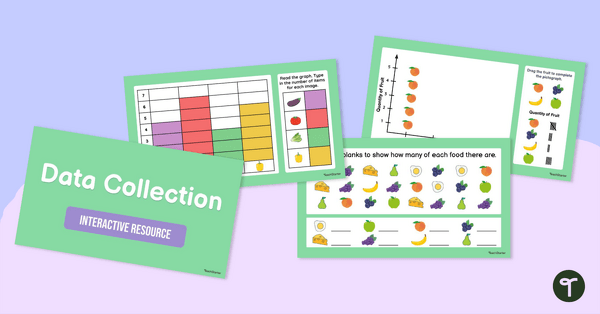
Data Collection Interactive Activity
Check your students’ understanding of interpreting data and using it to create graphs using this fun and colourful interactive game.
- Plus Plan
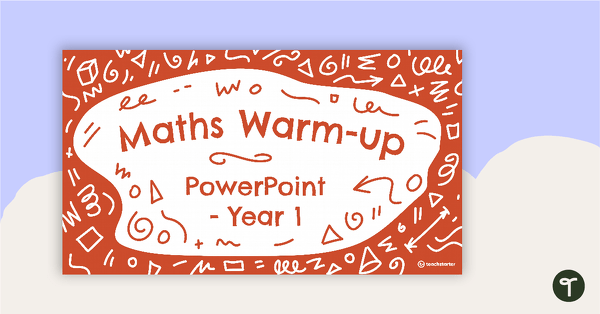
Maths Warm Ups Interactive PowerPoint - Year 1
A PowerPoint providing a series of warm up activities for Year 1 students across the curriculum.
- Plus Plan
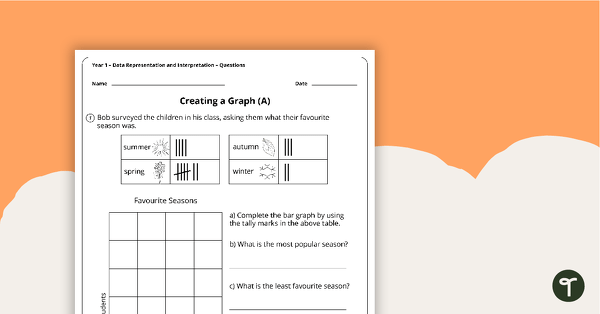
Data Representation and Interpretation Worksheets - Year 1
Two data representation and interpretation worksheets linked to the Australian Curriculum.
- Free Plan

Paralympic Medal Tracking Template
Help your students keep track of the medals won during the Paralympics with our easy-to-use Paralympic medal tracker.
- Plus Plan
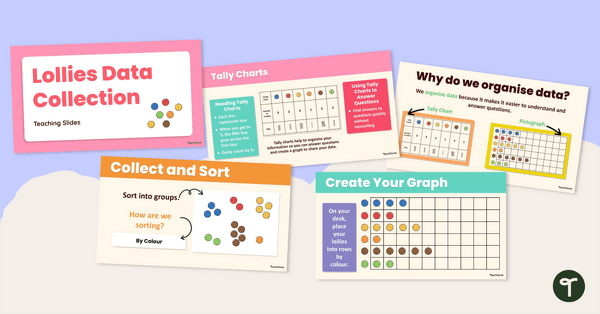
Lollies Data Collection Instructional Slide Deck
Explore this sweet-themed data collection teaching presentation to teach students the basics of recording data and creating a pictograph.
- Plus Plan
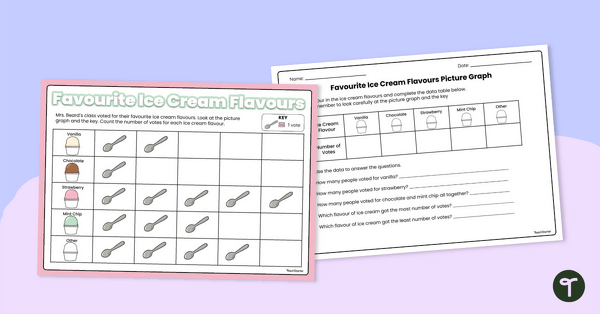
Picture Graphs Worksheet
Use this double-sided worksheet to help your students practise reading and evaluating a simple picture graph.
- Plus Plan
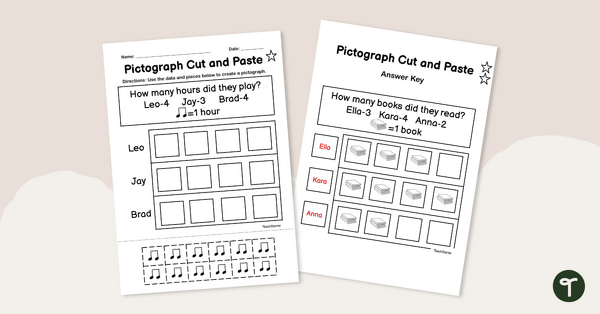
Pictograph Cut and Paste Worksheet
Use this fun cut-and-paste worksheet to consolidate student understanding of pictographs, and encourage them to practise their fine motor skills.
- Plus Plan
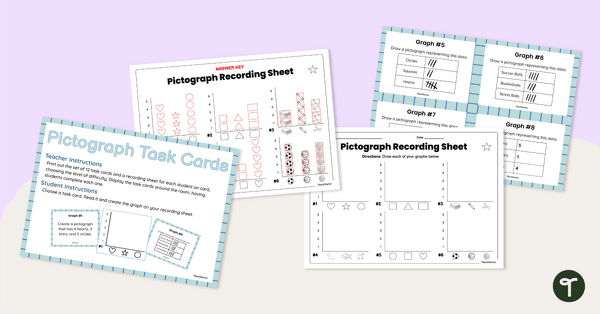
Graphing (Pictographs) Task Cards
Get graphing! Use these levelled pictograph task cards to show students a variety of data collection records, and have them create pictographs to represent that data.
- Plus Plan
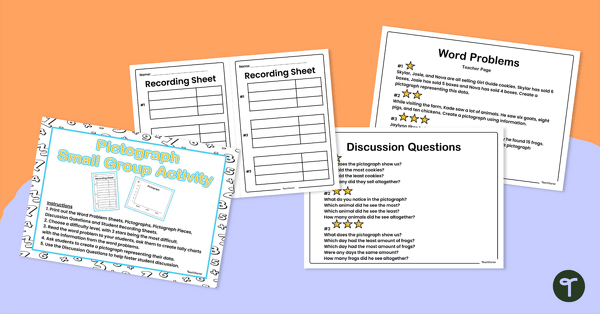
Create a Pictograph - Small Group Activity
Introduce the concept of a pictograph, and teach students how to create simple pictographs based on data from in a word problems.
- Plus Plan
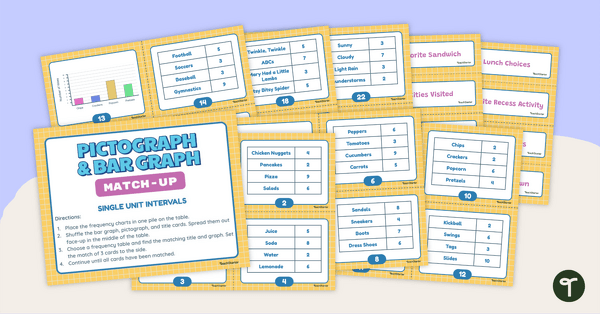
Pictograph and Bar Graph Match-Up (Single-Unit Intervals)
Use data analysis skills to match frequency tables with a corresponding bar graph or pictograph.
- Plus Plan
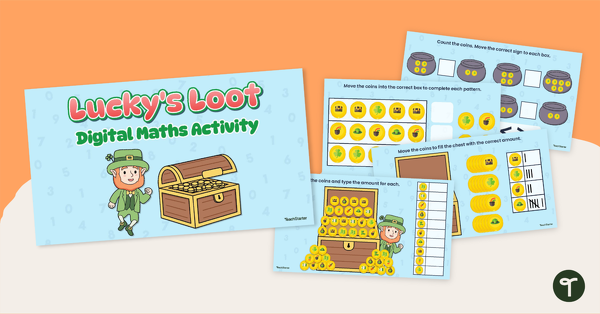
St Patrick's Day Digital Maths Activity
Celebrate St Patrick’s Day with a spot of Maths fun!
- Plus Plan
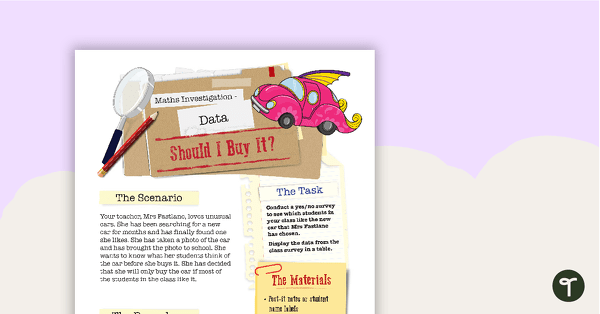
Data Maths Investigation - Should I Buy It?
A mathematics investigation involving data collection and representation, embedded in a real-world context.